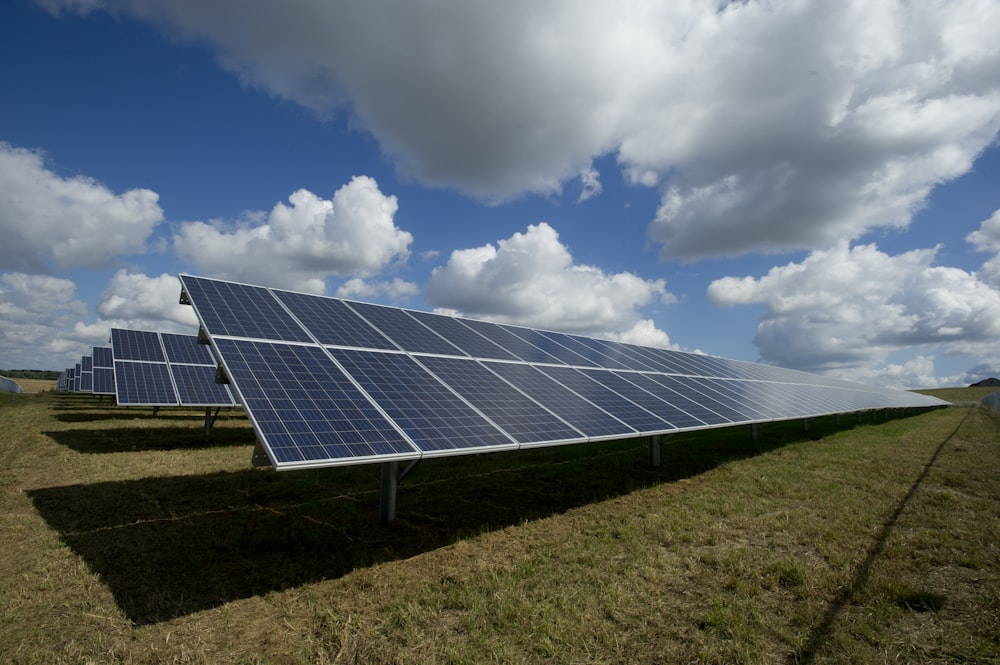Exploring Diverse Renewable Energy Sources for a Sustainable Future
Exploring Diverse Renewable Energy Sources for a Sustainable Future
In a world grappling with environmental challenges, the search for sustainable energy solutions has become more critical than ever. The quest for renewable energy sources has gained momentum as we seek to reduce our reliance on fossil fuels and mitigate the impact of climate change. Let’s delve into the diverse array of renewable energy options that hold promise for a cleaner and greener future.
Solar Power: Harnessing the Power of the Sun
One of the most widely recognized and utilized sources of renewable energy is solar power. This technology harnesses the sun’s energy through the use of solar panels, converting sunlight into electricity. With advancements in solar technology, the efficiency and affordability of solar panels have improved significantly over the years. The widespread adoption of solar power has the potential to revolutionize our energy landscape, providing a sustainable and abundant source of electricity.
Wind Energy: Capturing the Breezy Bounty
Wind energy is another formidable player in the renewable energy sector. Wind turbines convert the kinetic energy of the wind into electricity, offering a clean and renewable power source. As technology continues to advance, wind farms are becoming increasingly efficient and cost-effective. Harnessing the power of the wind not only reduces our dependence on non-renewable resources but also contributes to the reduction of greenhouse gas emissions.
Hydroelectric Power: Tapping into Flowing Potential
Hydropower has long been a staple in the renewable energy portfolio. By harnessing the energy of flowing water, hydroelectric power plants generate electricity on a large scale. Dams and reservoirs play a crucial role in this process, regulating the flow of water to optimize energy production. While some environmental concerns surround the construction of large dams, ongoing research aims to address these issues and enhance the sustainability of hydropower.
Geothermal Energy: Unleashing Earth’s Inner Heat
Geothermal energy taps into the Earth’s internal heat to produce electricity and provide heating and cooling solutions. This renewable energy source relies on the natural heat emanating from the Earth’s crust. Geothermal power plants convert this heat into electricity, offering a reliable and consistent source of energy. This technology is particularly advantageous in regions with high geothermal activity, providing a constant and sustainable energy supply.
Biomass Energy: Turning Waste into Power
Biomass energy involves the conversion of organic materials, such as agricultural residues and municipal waste, into biofuels or electricity. This process not only helps manage waste but also provides a renewable energy source. Bioenergy can contribute to the reduction of carbon emissions and dependence on non-renewable resources. Research and innovation in biomass technology continue to expand the potential applications and sustainability of this renewable energy option.
As we navigate the transition towards a more sustainable energy future, it’s crucial to consider the combined impact of these diverse renewable sources. Each plays a unique role in mitigating climate change and reducing our ecological footprint.
If you’re interested in exploring more about the various types of renewable energy, check out Types of Renewable Energy. This




